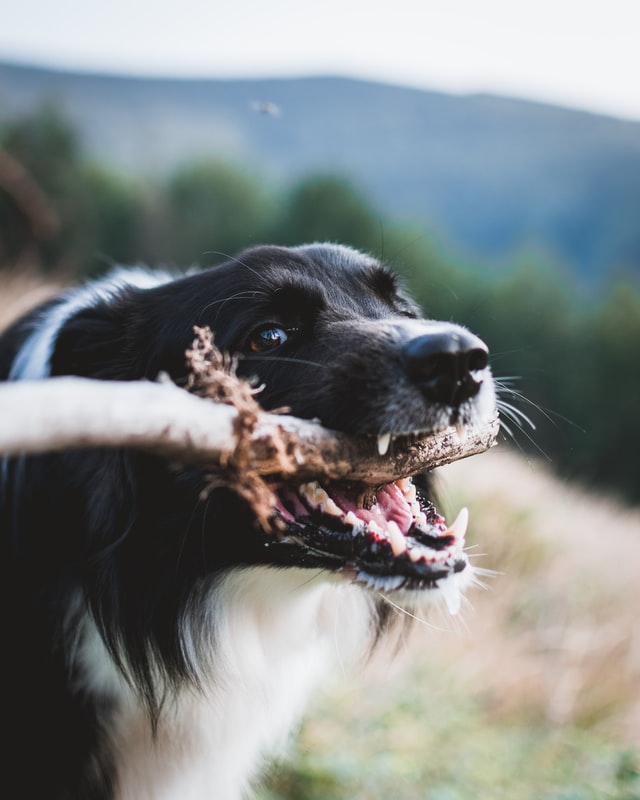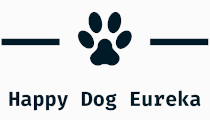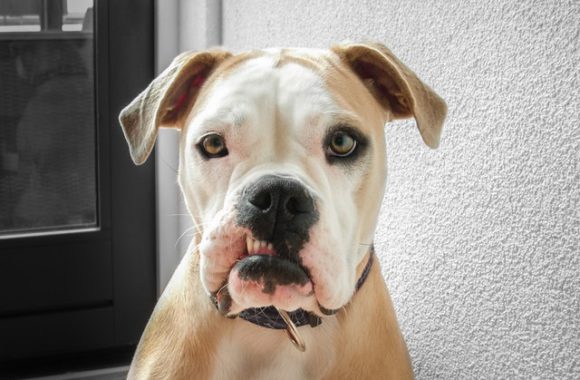Does your dog have bad breath? Do you know why? The teeth of dogs must be maintained throughout their lives. Having good dental hygiene means living longer! So let’s see together, how to take care of the teeth of his dog.
The dog is a carnivore
The mouth of an adult dog has 42 teeth. The upper jaw has 20 teeth, while the lower jaw has 22 teeth. With 4 canines and 12 incisors, the dog is as well armed as any predator. As in humans, the mouth is lined with a mucous membrane where salivary glands are found. The structure of the dog’s teeth is similar to that of humans.
For lack of prevention and information, 80% of dogs are affected by oral diseases. Signs of periodontal disease, and induced suffering are often insidious. A dog will not necessarily show that it is suffering, which can be dangerous to its health over time.
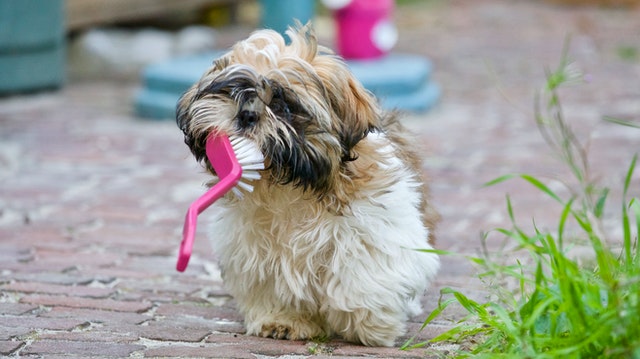
Some predisposed dogs
Chewing is the main way for a dog to brush its teeth, but not all have the same chewing abilities. Indeed, some of them have a shortened jaw. The contact between the upper and lower teeth is not complete and leads to entarment.
Dogs known as brachycephalus (short muzzle) or prognaths (one of which is more advanced than the other) are particularly affected by oral hygiene problems.
Dangers of unmaintained teeth
Poor maintenance of his dog’s teeth will have disastrous consequences on his health, and his life expectancy. Most dogs over the age of 2 are affected by oral problems.
Periodontal diseases affect dogs to varying degrees, with consequences for their health. If the presence of bacteria in the dog’s mouth is completely normal, they can also proliferate quickly and lead to the development of plaque.
It is when it accumulates that diseases set in. Your dog may then have:
- bad breath
- hyper salivation
- pain
- a lack of appetite
- behavioural changes
- gingivitis, which is inflammation of the gums
- periodontitis characterized by severe inflammation of the gums associated with the disappearance of the bone and support structures surrounding the teeth.
- tooth loss
- spread of serious infections in the liver, heart or lungs
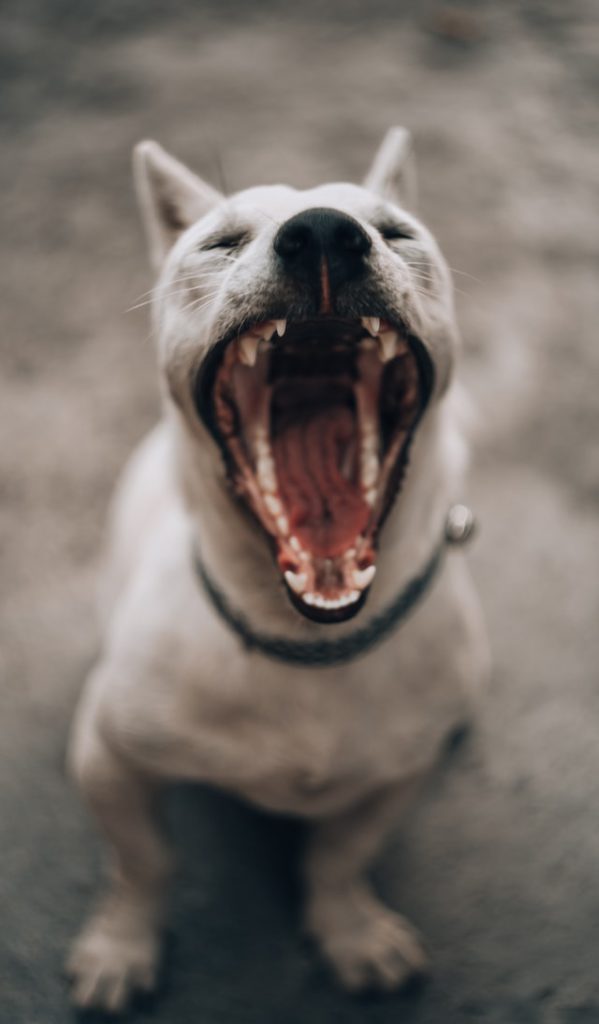
Teething problems should not be ignored, or risk significantly reducing their life expectancy.
Have the right reflexes to maintain healthy teeth
To maintain good oral hygiene in your dog, you must adopt the right reflexes. Here are a few:
- Particular attention should be paid to food. The dog is a carnivore, it needs a diet that will allow it to chew to remove the tartar. Raw meat is more appropriate. However, some dogs cannot eat raw meat. You then have to supplement your ration of croquettes with other foods.
- Use a dog toothbrush. If the dog is used to it when you are young, it is easier.
- Give toys that the dog can chew
- Take your dog to a veterinarian who specializes in teething once or twice a year. A scaling can be recommended if necessary. Only your veterinary dentist can tell you. The scaling is often frowned upon in dogs, yet if done by a professional specialized in the teething of the dog, there will be no problem.
- Supplement the food ration with chewing strips that are specially designed to effectively fight plaque.
